Nurturing your child's interest in the violin is an enriching experience. However, selecting the right beginner violin is crucial in fostering their passion and setting them up for success. As violin teacher Sarah Johnson notes, "A quality instrument can make all the difference in a student's motivation and progress. It's an investment in their musical future."
The Importance of the Right Fit
Violins come in fractional sizes, from 1/16 to full size (4/4). A properly fitted violin allows for comfortable playing and good technique. Measure from your child's neck to palm center with their arm fully extended to determine the correct size.
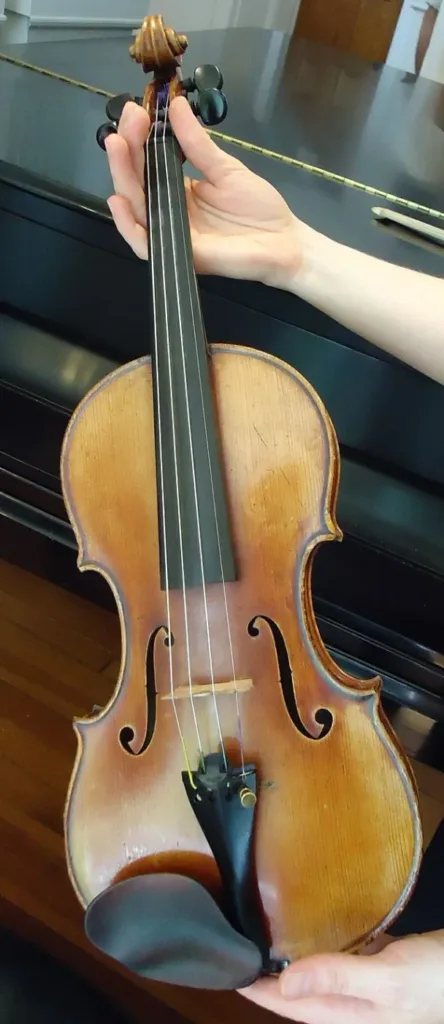
Evaluating Violin Quality
A well-crafted beginner violin should have:
– Solid spruce top and maple back, sides, and neck
– Tight seams and smooth finish
– Quality strings (steel or synthetic core)
– Smooth-turning pegs that hold tune
– Properly shaped and fitted bridge
Avoid instruments with visible defects or poor craftsmanship.
The Importance of Professional Setup
Even a quality violin may need adjustments for optimal playability. A professional setup includes:
– Correct string height (action)
– Well-cut bridge and fitted soundpost
– Aligned fingerboard
Alice G. from IntoStrings suggests that "the best beginner violins need to be fit for keeping beginners motivated and inspired, meaning playability, sound, and quality are all key" (link).
Beginner Violin Checklist
When selecting a violin, refer to this checklist:
- Correct size for child's arm length
- Solid wood construction
- Quality strings, pegs, and bridge
- Professional setup
- Reputable maker or brand
- Budget for lessons and accessories
Case Study: [PM violin student]'s Violin Success
Quote from Izayla Hauptman: "I've been wanting to learn how to play the violin for a really long time. But now, thanks to Practicing Musician, I'm starting to be able to do that."

Renting vs. Buying
For a beginner, renting and buying both have merits. Renting allows for exchanging sizes as your child grows, while buying may be more cost-effective in the long term. Many shops offer rent-to-own programs, providing the best of both options.
Online Learning Resources
Online lessons and resources are valuable for supplementing in-person instruction. Platforms like Practicing Musician offer structured beginner lessons, helpful practice tips, and engaging music theory games.
As you support your child's musical journey, remember that a well-chosen violin, proper instruction, and consistent practice are the keys to success. With the right instrument and guidance, your young violinist will be well on their way to a lifetime of musical enjoyment.
Violin Cleaning and Maintenance – Violin Bow Tension – Viola Maintenance: Replacing Strings
Renting Vs. Buying
Parts Of Your Violin

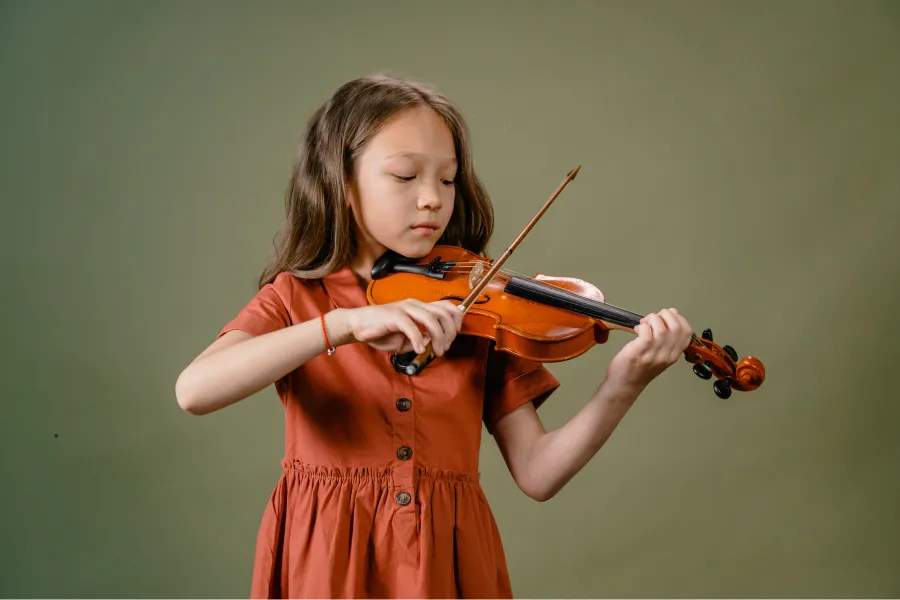

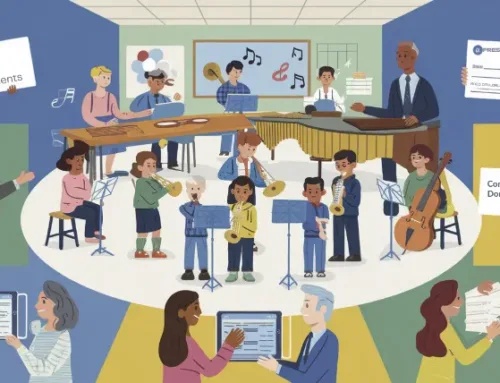
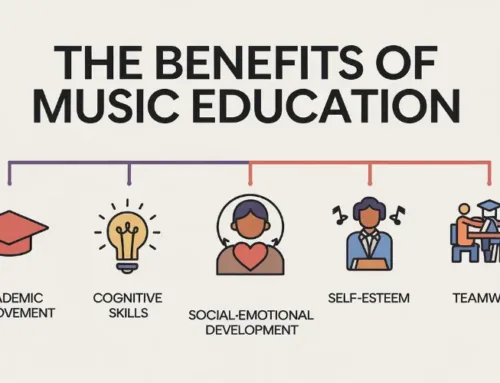

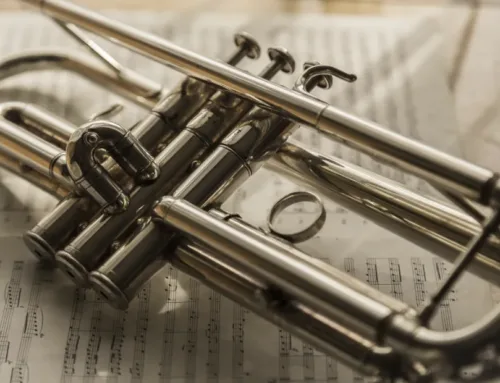
Leave A Comment
You must be logged in to post a comment.